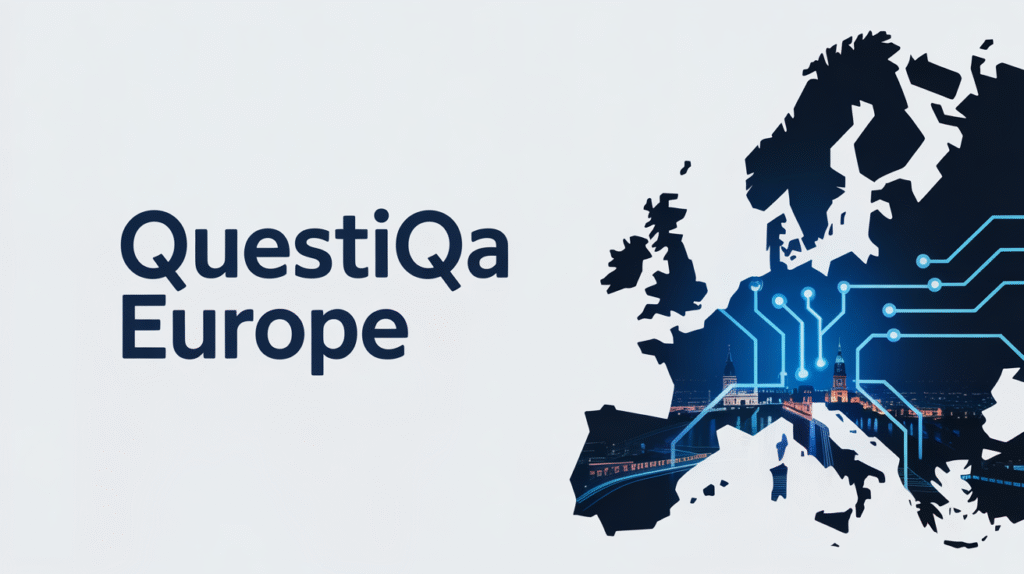Summary – A fatal fall during an Oasis concert at Wembley Stadium highlights ongoing concerns about crowd safety at large European events.,
Article –
On Saturday night, Wembley Stadium in London witnessed a tragic incident when a man died after falling during an Oasis concert, according to the Metropolitan Police. As one of Europe’s most iconic venues, Wembley hosts numerous high-profile events, making safety and crowd management critical issues for stakeholders across the continent. This incident not only raises immediate concerns regarding the circumstances leading to the fall but also compels a broader examination of safety protocols governing large public gatherings in Europe.
Background
Wembley Stadium, located in northwest London, is a premier venue for sports and entertainment events, attracting tens of thousands of attendees per event. The Oasis concert on Saturday night drew considerable crowds, reflecting the band’s continued popularity. However, in the course of the event, a man fell from a height within the stadium and tragically died despite immediate medical attention. The Metropolitan Police have initiated an investigation to determine the precise cause and any contributing factors around the fatality. This incident follows a wider pattern of scrutiny regarding crowd safety at European venues, especially as large-scale live events resume intensively following pandemic-related slowdowns.
Key Players
The principal actors in this situation include:
- Wembley Stadium management, responsible for venue safety and infrastructure;
- Metropolitan Police, tasked with investigation and public safety;
- Emergency medical services attending the incident;
- Concert promoters and organizers, charged with ensuring compliance with safety regulations;
- Regulatory bodies such as the UK’s Health and Safety Executive (HSE), which set guidelines and conduct oversight;
- Public officials and local government authorities, ensuring venues operate within strict safety frameworks.
European Impact
The fatal accident at Wembley has significant implications for public safety protocols across European event venues:
- Political: Potential calls for tighter regulations and enhanced oversight of large-scale public gatherings.
- Economic: Increased restrictions or investigations could affect ticket sales and operational costs for venues and promoters.
- Social: Such tragedies influence public perception of safety at concerts and sporting events, potentially lowering attendance rates.
- Technological and regulatory: Acceleration of advanced crowd management technologies and stricter adherence to safety standards within the European Union.
Wider Reactions
European Union institutions and member states have expressed concern over the incident, emphasizing the importance of robust safety measures at mass events. The European Commission, particularly through its Directorate-General for Internal Market, Industry, Entrepreneurship and SMEs (DG GROW), supports harmonized safety standards for entertainment venues to minimize risks. Various member states have called for immediate reviews of existing protocols within their jurisdictions.
Experts in event safety highlight that the tragedy underscores the necessity for continuous risk assessments and crowd control improvements. Public health and safety organizations advocate for integrating lessons from such incidents into EU-wide policy frameworks to prevent recurrence.
What Comes Next?
Following the Wembley incident, several scenarios could unfold:
- Investigation findings may lead to enhanced legislation mandating stricter safety audits and certification processes for European venues.
- Increased investment in safety infrastructure such as improved barriers, surveillance, and crowd monitoring systems.
- Concert promoters might alter event organization practices to prioritize attendee safety, potentially impacting scheduling and capacity.
- Greater collaboration among EU member states could result in harmonized safety standards for entertainment venues, establishing a unified approach to risk management.
This event also opens dialogue about balancing public access to cultural and sporting events with the imperative for safety management amid large crowds. The incident highlights the ongoing need for proactive policies and innovation to safeguard live events across Europe.
As Europe processes the repercussions of this tragedy at Wembley, the broader question remains: how can venues evolve safety frameworks to protect attendees without diminishing the vibrancy and accessibility of live cultural experiences? Stay tuned to Questiqa Europe for more regional perspectives and insights.

More Stories
Why London’s Crackdown on Palestine Action Protestors Signals a New Era for European Political Dissent
Why Europe’s Largest Palestine Solidarity Protests Could Reshape Political Discourse
Inside Europe’s Growing Debate Over Protest Rights Amid UK’s Crackdown on Palestine Action